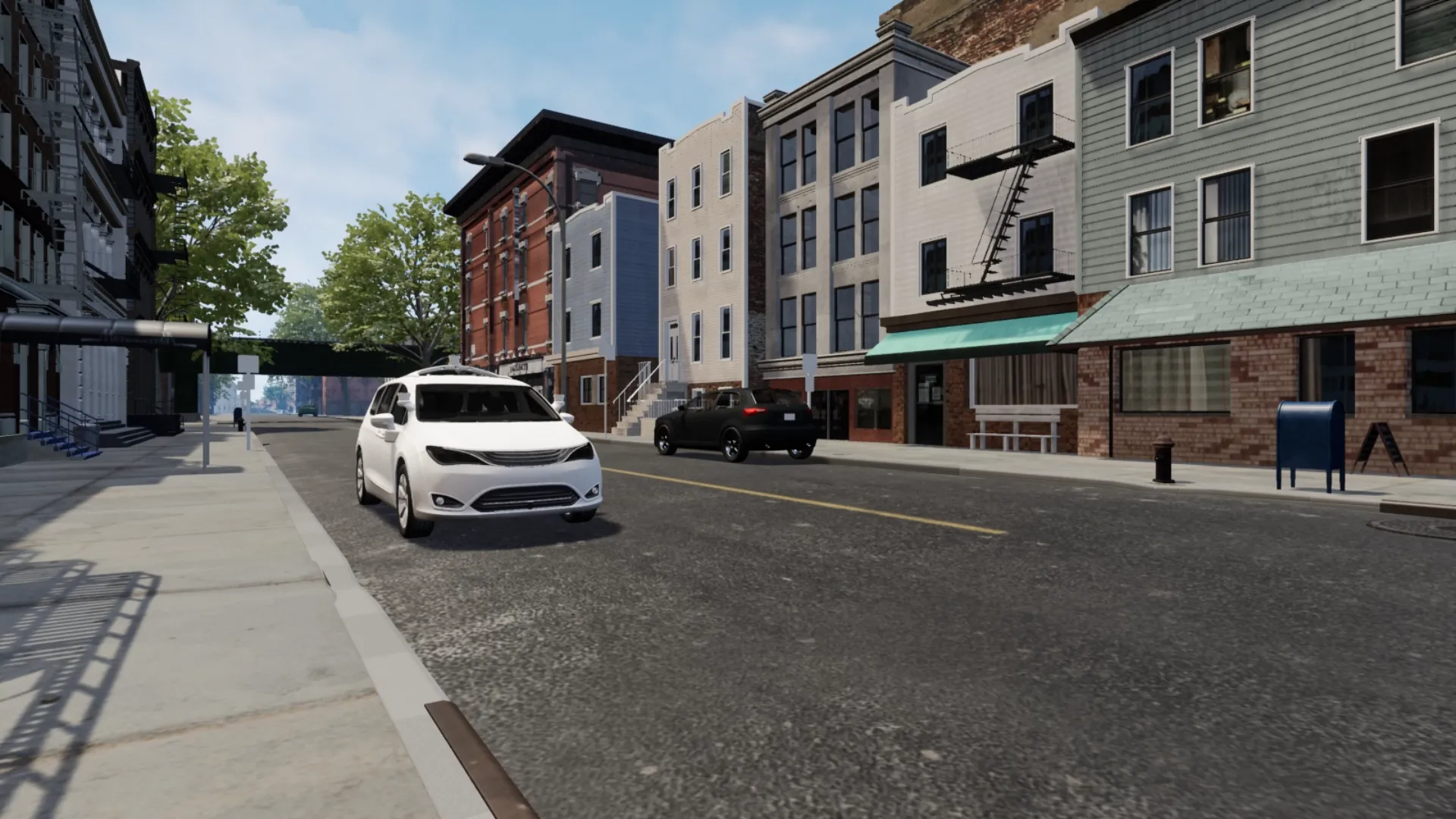Idaho Transportation Department’s (ITD) research program has initiated a project to evaluate an innovative new wildlife-detection system that may bring improved safety to area highways and reduce personal injury and property damage. The project is the result of a request from ITD’s northern Idaho office, and is a partnership between ITD and the Western Transportation Institute (WTI) of Montana State University.
Collisions between wildlife and vehicles can be a big problem, and common in rural states such
February 15, 2016
Read time: 2 mins
Collisions between wildlife and vehicles can be a big problem, and common in rural states such as Idaho, accounting for more than US$8.4 billion nationwide each year, and costing Idaho a total of nearly US$20 million last year.
Preliminary studies indicate that vehicle-animal collisions could be reduced by at least one-third by using the system. “Wildlife-vehicle collisions are a costly safety issue for Idaho travellers,” said ITD research program manager Ned Parrish. “Injuries and the loss of life, human or wild animal, are broad social and environmental concerns.”
The system, which was developed by Boise’s Sloan Security Group, uses a Doppler radar sensor mounted on a pole 20-25 feet above the ground, allowing the sensor to ‘look over’ semi-trucks to detect large animals on both sides of the road and on the road itself for several hundred metres. The system is connected to flashing warning beacons that are activated to alert drivers of animals on or near the roadway.










